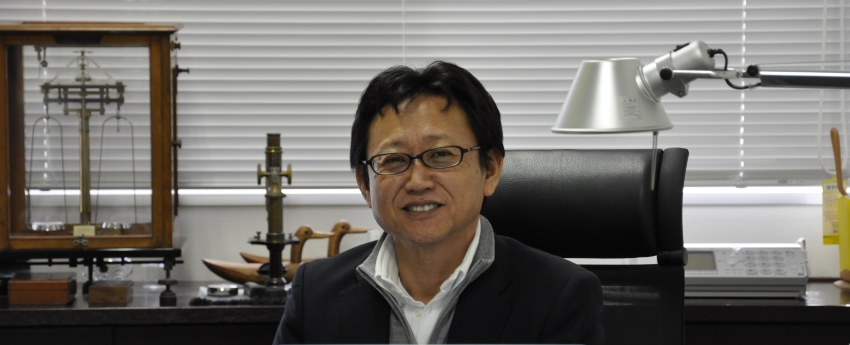
生体分子の進化とデザイン
遺伝子の上にあるすばらしいタンパク質の設計図は,どうのようにして書かれたのでしょうか? いまのところ,この設計図はダーウィン進化の過程でDNA上に間接的に書き込まれたと考えられています。生細胞は,長い年月をかけて突然変異を蓄積して多様な機能分子をもたらし,選別を繰り返すことにより,酵素のような高度な触媒機能をもつタンパク質を獲得しています。最近,このような自然界における進化の過程 ”多様性の発生と選別” を人為的にコントロールして,機能性タンパク質の創出を目指す“試験管内分子進化・in vitro evolution”(自然進化と区別するためにコンビナトリアル・バイオエンジニアリングとも呼ばれる)が注目されています。多様な化合物を一挙に合成する「コンビナトリアル・ケミストリー」が知られていますが,試験管内分子進化では,分子生物学的手法を組み合わせ,多種多様な生体分子からなる分子ライブラリーを構築し,これを効率よく選別して,新しい生体機能分子の創出を狙っています。当研究室では,試験管内分子進化の新しい手法を開発するとともに,タンパク質進化や機能の分子メカニズムを明らかにしています。このような情報をもとにして,新しい人工酵素や次世代抗体医薬の創出を目指します。
RESEARCH INTERESTS
“Directed Evolution of Bio-functional Molecules”
Advances in methods for conformational prediction, structural analysis and site-directed mutagenesis of proteins and peptides have contributed to the understanding of their structure and function. However, with the exception of a few successes, the generation of bio-functional molecules by rational design remains a difficult challenge. The aim of our study is to investigate molecular design relying on evolutionary processes, called as “directed evolution”, to generate a novel class of bio-functional molecules. This evolutionary approach consists of three steps; 1) constructions of protein/peptide libraries based on structural information, 2) expressions of the libraries on phage/cell surfaces, and 3) selections with investigator-imposed selective pressures. Now, we study on directed evolution with using protein (especially antibody) and peptide libraries to generate biofunctional molecules. These researches give a deep understanding of protein functions and structures, as well as a new class of artificial enzymes and molecular-targeting medicines.

